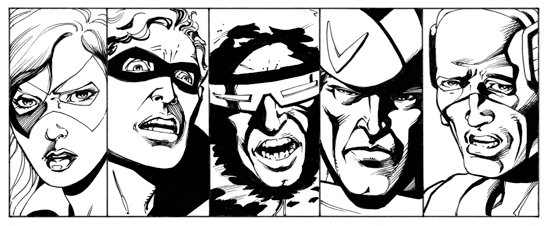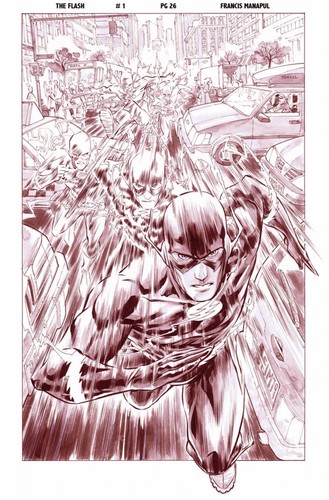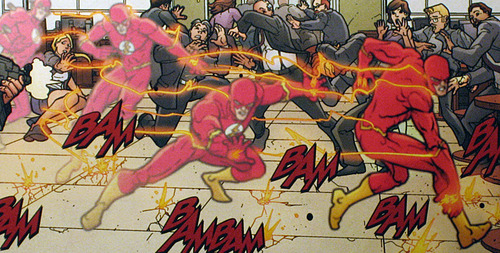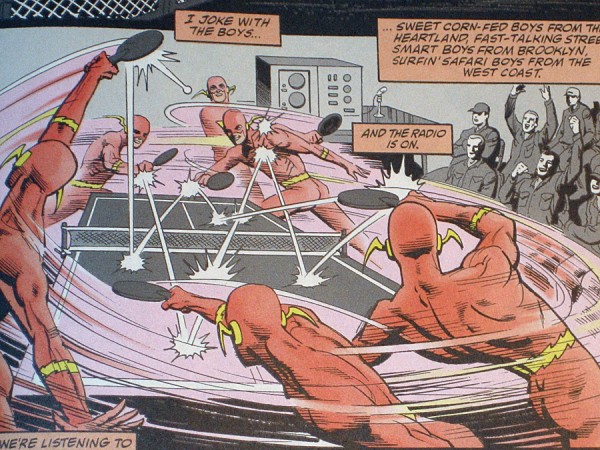Starting in July, DC Comics Retroactive series will bring back classic creators to the characters they helped define. Covering the last three decades of the 20th Century, the three Flash issues will feature writer Cary Bates (1970s), writer William Messner-Loebs and artist Greg LaRocque (1980s), and writer Brian Augustyn (1990s).

LaRocque was the penciller on Flash for the entirety of Messner-Loebs’ tenure from 1988 – 1991, and illustrated a portion of Mark Waid’s run including the classic “Born to Run” and “The Return of Barry Allen”. In all, LaRocque pencilled nearly 60 issues of Flash over a five-year stretch.
We’ve previously interviewed LaRocque about his work on “The Return of Barry Allen,” and contacted him via email when the Retroactive issue was announced. Once the artwork was complete, he provided us with some details. He also posted preview images on Facebook last week, and those are included below along with the solicited cover. See what the man has to say after the jump…





